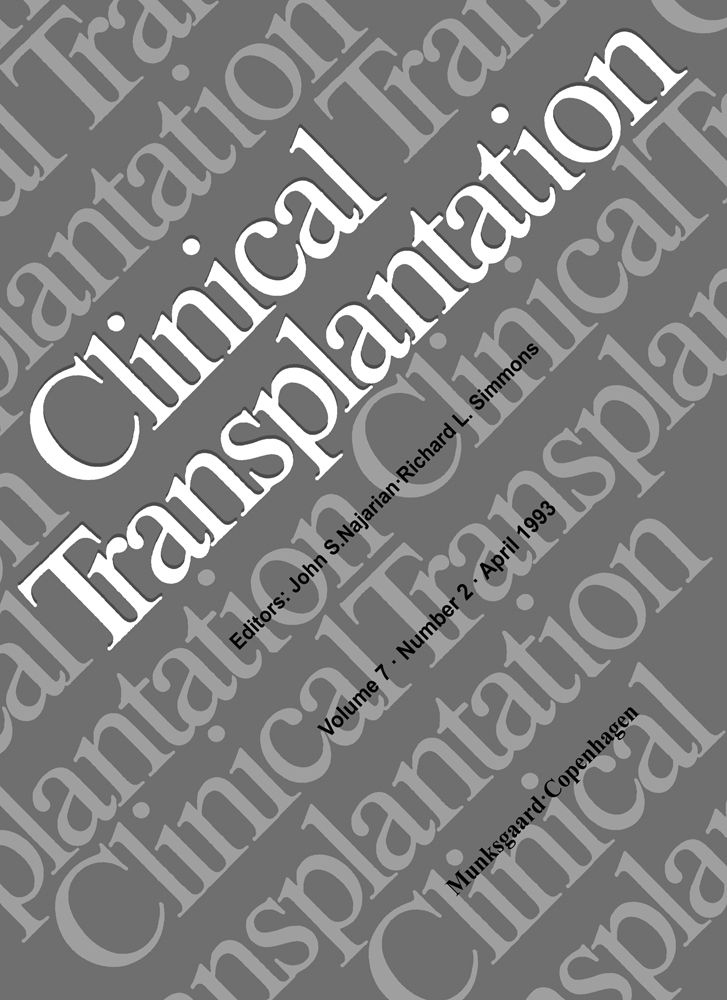Two masqueraders of transplant renal artery Stenosis (TRAS)
Abstract
Seven patients presented after kidney transplantation with hypertension and creatinine elevation. Only 4 of 7 (57%) had a discernible bruit. Four had iliac stenosis proximal to the transplant renal artery and 3 had biopsy-induced parechymal AV fistulae. All stenoses were successfully balloon-dilated. Two of the A-V fistulae were corrected with coil embolization. In general, treatment for both of these conditions stabilized the blood pressure, although most patients remained on some antihypertensive medication. The creatinine also stabilized after treatment. We believe patients with proximal iliac artery stenosis should be treated with balloon angioplasty and parenchymal A-V fistula with coil embolization to allow stabilization of blood pressure and prevent further deterioration in renal function.




